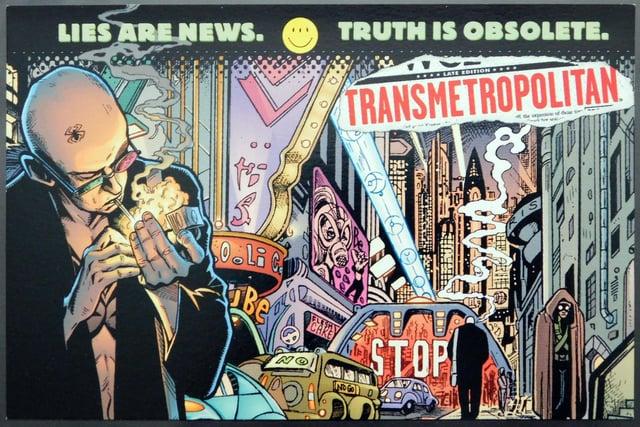
The Quiet Collapse
The house next door just hit the market, advertised on Zillow as a “new Airbnb opportunity” after its stint as a problematic rental property. What was once someone’s home is now pitched as a transient commodity, a revolving door of strangers rather than a place of roots and memories. Converting residential homes into short-term rentals doesn’t just shuffle tenants—it transforms neighborhood dynamics, potentially disrupting the stability that keeps streets safe, properties maintained, and communities connected. This listing represents a broader trend of how residential spaces increasingly shift from long-term homes to investmnet properties.
I’ve spent five years here watching these changes unfold in slow motion. The patterns no longer follow familiar logic, with one notable exception: the dogs. Throughout the neighborhood, medium to large breeds have become increasingly common—mastiffs, shepards, pit mixes—gradually replacing the smaller companion dogs people once preferred. There was no announcement or formal shift; the transition happened organically, perhaps reflecting changing priorities around security and protection. This evolution in pet ownership mirrors broader societal shifts in how we approach personal safety and home security.
Meanwhile, our cities face mounting challenges while public attention remains fragmented. Beyond the visible symptoms of urban strain lie deeper human struggles. Utah farmers are experiencing a suicide crisis, with agriculture ranking as the third-highest suicide rate by occupation in the state. These deaths stem from a complex web of factors: financial pressure, isolation, limited mental health resources, and the increasng precarity of agricultural livelihoods. Their stories rarely make headlines, yet they represent a profound failure of our support systems for those who produce our food.
Equally concerning, many aquifers and waterways that sustain our food supply face contamination from agricultural chemicals, nitrogen runoff, and waste. These water qualtiy issues represent a serious public health and environmental challenge. What should be our most precious resource sometimes carries substances that may impact long-term ecosystem and human health. Families who once took clean water for granted now consider filtration systems essential, while older residents note the emergence of health concerns previously uncommon in their communities.
Downtown districts once bustling with commerce now stand eerily vacant, marked by papered-over storefronts and deserted office bildings. What remains is a shadow economy of popup tents and makeshift shelters, mobile encampments that appear overnight in parks, under highway overpasses, and along riverbanks. City officials respond with temporary “sweeps” that merely displace rather than address the underlying crisis. The pattern repeats endlessly—displacement, relocation, sweep, repeat—while permanent housing solutions and mental health services remain chronically underfunded. These visual markers of systemic failure have become so commonplace that many residents no longer register them, eyes trained to look past the canvas homes and shopping carts filled with earthly possessions.
The lack of sustained public engagement with these issues is perhaps most troubling of all. We process the information in brief moments of concern—noting property changes, scanning worrying statistics about farmer mental health, registering water quality alerts—before moving on to more immediate concerns. This pattern of distracted awarness leaves us collectively witnessing significant social and environmental changes without mobilizing meaningful responses.